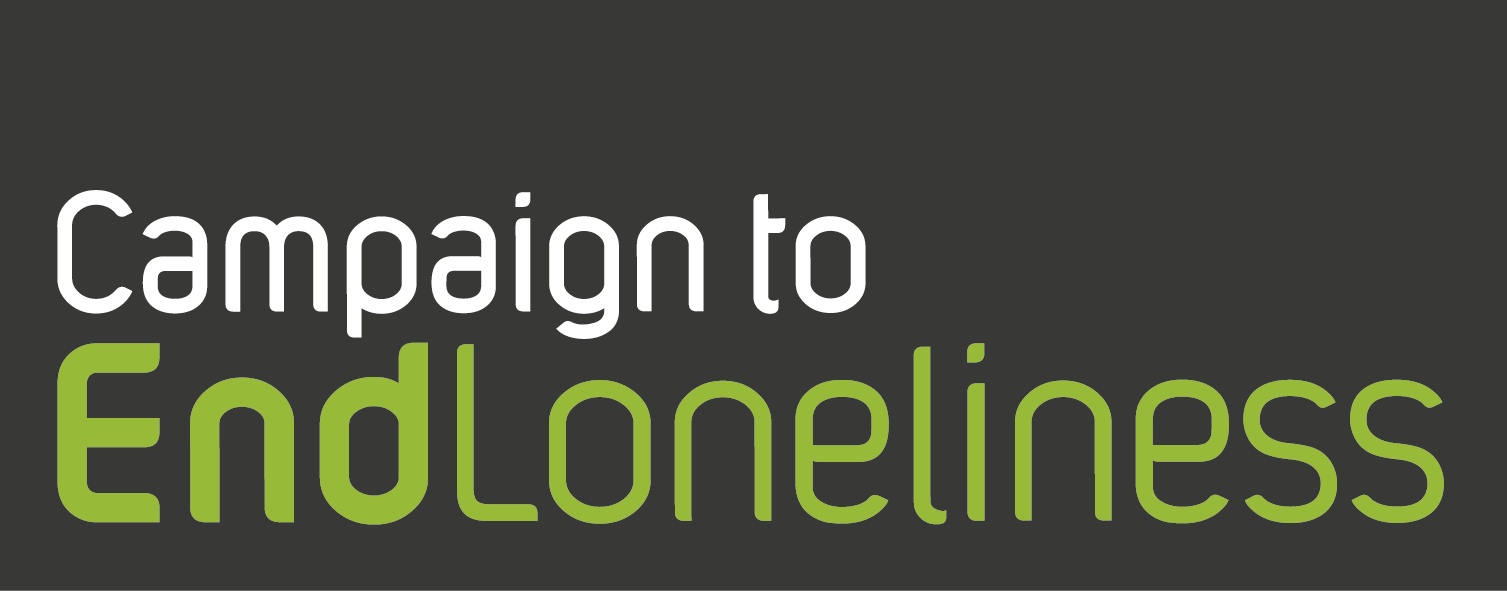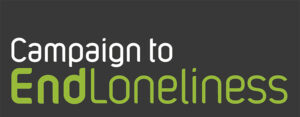In 2014, Richard Kramer, CEO of Sense, contributed to our Alone in the Crowd report, a collection of essays we brought together to shine a light on the individuals behind the statistics, helping us to better understand who experiences loneliness, and what particular challenges they may face.
As we look ahead to the next five years of addressing loneliness, Richard updates us on what the sector has achieved, and what more needs to be done. Join him for the panel discussion on ‘Loneliness inequalities: How organisations are responding’ at our Next Five Years conference to continue the conversation.
The work and mission of Sense
The author Matt Haig recently said: “Loneliness isn’t the absence of company. There is nothing lonelier than being with people who aren’t on your wavelength. The cure for loneliness isn’t more people. The cure for loneliness is being understood”.
Sense’s vision is that we believe no one should be left or isolated or unable to fulfil their potential. As a service provider and a campaigning organisation, our responsibility is not just to provide the best support – it’s about helping people achieve such basic rights as friendships, accessing their community and to feel included. It also means developing our own service responses to loneliness.
According to our latest research disabled people are more than twice as likely to be lonely than non-disabled people. More than half (53 per cent) of people with complex disabilities told Sense that they often or always feel lonely, in comparison to a quarter (25 percent) of the general population. (Sense ‘Potential & Possibility’ report, March 2023.
60% of disabled people are chronically lonely, rising to 70% of under 25’s. Sense tackles loneliness by helping disabled people develop and maintain friendships and be part of their local communities. Our Virtual Buddying Programme is the only free, nationwide service that helps disabled people make friends online. It’s open to anyone with complex disabilities (5+) and we carefully train, match, and support volunteers and disabled people to build meaningful friendships based on shared interests.
What are some of the lessons
Volunteers are at the heart of our virtual buddying service. Not because they are cheaper or any similar myth – but because they bring unique advantages in tackling loneliness for young people through forming genuine friendships.
Our buddying programme connects people with common interests who are not paid professionals but who are there because they want to form a genuine connection. This is a very powerful message to young people.
As well as being sincere, relationships are characterised by being equal. Volunteers like young people show the same nerves on first meeting and the same elation as their connection grows deeper. For example, a disabled person may be matched with a volunteer who has a similar interest in gaming and the volunteer may also learn some British Sign Language as part of that match, which will have lifelong impact.
Another lesson is that the voluntary sector must become better at engaging with each other if we want to be seen as a credible force in tackling loneliness. For instance, there may be 20 disability organisations in the same area working with similar groups, but the people they are supporting never get the opportunity to meet up and enjoy activities together. Our lack of collaboration and unwillingness to work together can all too often act as a barrier to friendships.
That means in an area where one charity has services, but others don’t, resource pooling and sharing expertise is one way to address the issue.
Loneliness is not somebody else’s problem. It needs to be tackled at an individual community, service, and government level. It is an individual response. It’s about being more aware of the world around you. This can be as simple as helping the older person get up the stairs and not run past them, to say ‘are you okay?’ when you see a young person crying on the tube rather than ignoring them, letting a visually impaired person at the bus stop know what bus is coming and when it is coming, offering a disabled person your seat – little acts of kindness. Loneliness works both ways – and so do its solutions.
It’s also about delivering a response on a community level through equal and reciprocal relationships. That’s why friendships exist, to bring together two groups to enjoy a shared experience, groups which often live side-by-side but seldom interact. It is a community response delivered through co-production. This means professionals work together with the people who use services alongside families and neighbours. It’s about communities becoming effective agents of change. It’s about building and reinforcing social networks. It means sharing power between commissioners, local people, and communities.
We are grateful that the Government has recognised the need for specific services that tackle loneliness as well as broader social opportunities that enable people to get out and about in their community. We know that policy can act as enablers or disenablers. For example, if technology or transport are not available or not accessible, they can act as dis-enablers rendering broader attempts to tackle loneliness ineffective.
A worrying number of people are left behind by the health and social care system. Too many people are still excluded by services and overwhelmed by loneliness. We need service interventions promoted and scaled up by local authorities with government support. By working together, we can address this and tackle the scourge of loneliness.





No comments on this article yet. Please feel free to submit a comment below.
By submitting a comment you grant Campaign to End Loneliness a perpetual license to reproduce your words and name/web site in attribution. Inappropriate and irrelevant comments will be removed at an admin's discretion. Your email is used for verification purposes only, it will never be shared.